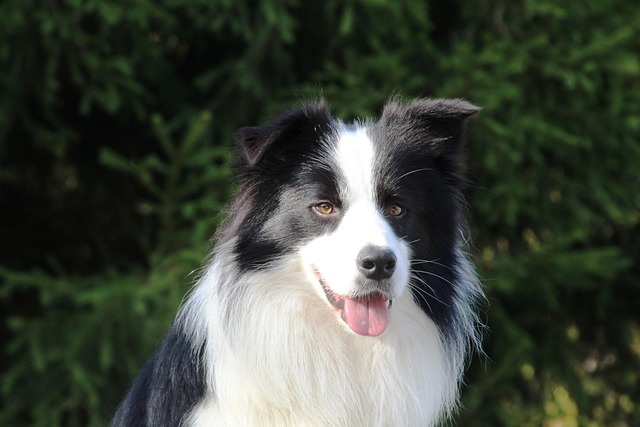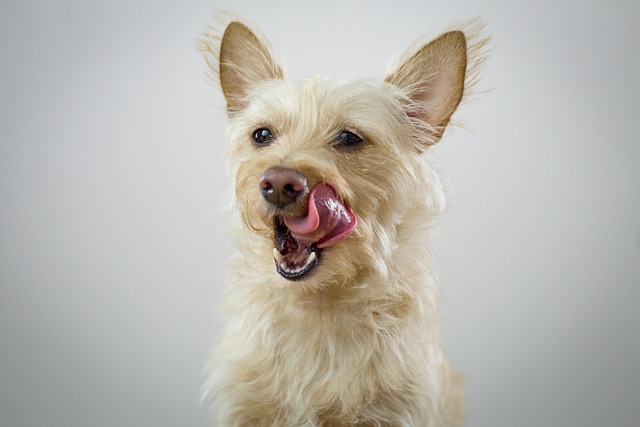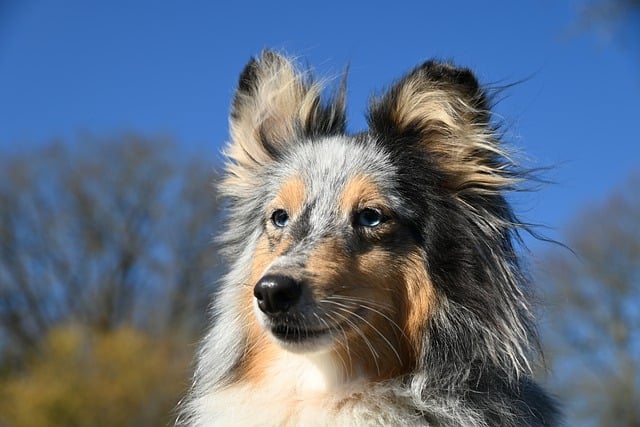When we welcome a furry little life into our home, we look forward to spending countless warm moments with it. However, the occasional bad behaviors of dogs, such as urinating and defecating everywhere, chewing furniture, and jumping on people, cast a shadow on this beauty. Looking at the messy house, or scaring others because of the dog's recklessness, we will inevitably feel helpless and troubled, but more importantly, we want to help the dog correct it and make it a good partner that everyone loves. Training dogs to develop good behavior is not only to maintain the order of life, but also an expression of our deep love for dogs.
The development of dog's behavioral habits is inseparable from scientific training methods and the patient guidance of the owner. Every dog has a unique personality and learning ability. Just like human children, they need time to understand and adapt to our requirements. At the beginning of training, the owner should adjust his mentality, abandon the idea of rushing for success, and treat every progress and mistake of the dog during training with a calm and tolerant heart. Because dogs are extremely sensitive to their owners' emotions, when we train with anxiety and anger, dogs will become nervous and uneasy, which will affect the training effect; a gentle and patient attitude can make dogs feel safe and more willing to cooperate with training.
Positive motivation is the core method of training dogs to behave well. Dogs are naturally eager to be recognized and rewarded by their owners. Taking advantage of this characteristic, timely rewards can strengthen their good performance when they behave correctly. Rewards can be delicious snacks, such as chicken jerky and cheese grains, which are very attractive to dogs; they can also be enthusiastic caresses, gently caressing the dog's hair, and praising it in a gentle tone, "Great" or "Good"; they can also be fun games, taking out the dog's favorite toys and playing with it for a while. For example, when the dog sits down obediently after hearing the command, or defecates in the designated place, the owner should immediately give rewards, so that the dog can establish a close connection between correct behavior and rewards, so that it is more willing to repeat these behaviors.
 Establishing clear and specific instructions is the basis of training. Simple, fixed and clearly pronounced instructions help dogs understand the owner's intentions. For example, use single-word commands such as "sit", "lie down", and "stop". Keep the commands consistent each time you train, and don't change the wording at will. When issuing commands, use corresponding gestures, such as extending your hand down to indicate "sit", and pointing your palm down to the ground to indicate "lie down". Through repeated practice, let the dog establish conditioned reflexes with the commands and gestures and the corresponding behaviors. During the training process, pay attention to the tone of the command, remain firm but not harsh, and let the dog understand that this is a requirement that needs to be implemented seriously.
Establishing clear and specific instructions is the basis of training. Simple, fixed and clearly pronounced instructions help dogs understand the owner's intentions. For example, use single-word commands such as "sit", "lie down", and "stop". Keep the commands consistent each time you train, and don't change the wording at will. When issuing commands, use corresponding gestures, such as extending your hand down to indicate "sit", and pointing your palm down to the ground to indicate "lie down". Through repeated practice, let the dog establish conditioned reflexes with the commands and gestures and the corresponding behaviors. During the training process, pay attention to the tone of the command, remain firm but not harsh, and let the dog understand that this is a requirement that needs to be implemented seriously.
The bad behavior of dogs often stems from unmet needs or lack of correct guidance. For example, dogs chew furniture, which may be because of tooth discomfort during the teething period, or excessive energy with nowhere to vent. At this time, the owner can prepare special teething toys and chewing gum for the dog to meet its teething needs; arrange sufficient exercise time every day, take the dog for a walk, run, play Frisbee, release its excess energy, and reduce destructive behavior caused by boredom. For the problem of dogs urinating and defecating anywhere, it is necessary to understand their defecation rules. Generally, after eating, waking up, and playing, take them to the designated place in time and wait patiently. When the dog defecates in the right place, give it a reward; if there is a mistake, do not beat or scold it, but clean it up quietly to avoid making the dog fearful and affecting subsequent training.
Social training is also important for dogs to develop good behavior. Letting dogs contact different people and animals from an early age can help them learn how to get along properly and reduce behaviors such as jumping on people and barking due to fear or curiosity. You can take your dog to parks and pet social places to let them interact with other friendly dogs and strangers. During the social process, the owner should pay close attention to the dog's reaction and reward it when the dog shows friendly and docile behavior; if there is an attack or overexcitement, stop it in time with firm instructions, and take the dog away from the scene, and try again after it calms down. Through repeated social training, let the dog gradually adapt to various environments and social scenes, and develop polite and friendly behavioral habits.
During the training process, it is inevitable that the dog will not cooperate or make slow progress. At this time, the owner should remain calm and analyze the reasons. Maybe the training is too difficult and the dog can't understand; maybe the dog is unwell and in poor condition. According to different situations, adjust the training plan, reduce the difficulty of training, and give the dog more time and patience. Every little progress made by the dog is worth our encouragement and celebration.
Training a dog to develop good behavior is a journey full of love and persistence. In this process, we and the dog understand each other and grow together. With professional training methods as the boat and warm emotions as the sail, we can help the dog become a better self and gain an invaluable, harmonious and beautiful time with the pet.

 Establishing clear and specific instructions is the basis of training. Simple, fixed and clearly pronounced instructions help dogs understand the owner's intentions. For example, use single-word commands such as "sit", "lie down", and "stop". Keep the commands consistent each time you train, and don't change the wording at will. When issuing commands, use corresponding gestures, such as extending your hand down to indicate "sit", and pointing your palm down to the ground to indicate "lie down". Through repeated practice, let the dog establish conditioned reflexes with the commands and gestures and the corresponding behaviors. During the training process, pay attention to the tone of the command, remain firm but not harsh, and let the dog understand that this is a requirement that needs to be implemented seriously.
Establishing clear and specific instructions is the basis of training. Simple, fixed and clearly pronounced instructions help dogs understand the owner's intentions. For example, use single-word commands such as "sit", "lie down", and "stop". Keep the commands consistent each time you train, and don't change the wording at will. When issuing commands, use corresponding gestures, such as extending your hand down to indicate "sit", and pointing your palm down to the ground to indicate "lie down". Through repeated practice, let the dog establish conditioned reflexes with the commands and gestures and the corresponding behaviors. During the training process, pay attention to the tone of the command, remain firm but not harsh, and let the dog understand that this is a requirement that needs to be implemented seriously. 



